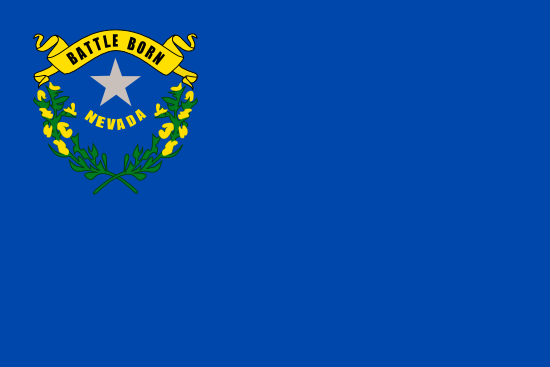
Nevada
- Statehood Year:
- 1864
- Capital:
- Carson City
- Largest Cities:
- Las Vegas, Henderson, North Las Vegas
- Abbreviation:
- NV
Nevada is a state in the Mountain region of the United States, known for the Mojave Desert, Lake Tahoe, and entertainment cities. It has a population of 3,320,570, making it the 31st most populated state in the country. The capital city is Carson City. Nevada has a tourism and gaming hub with growing tech sector.